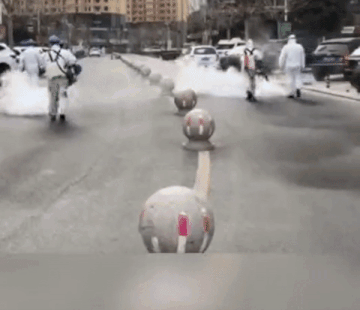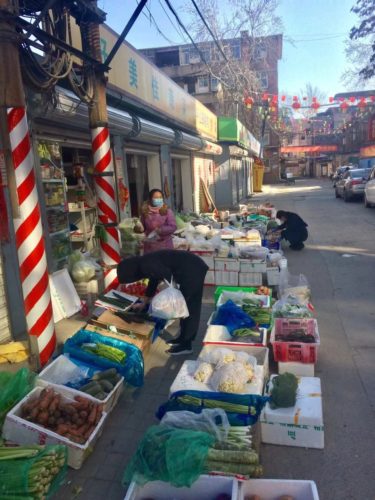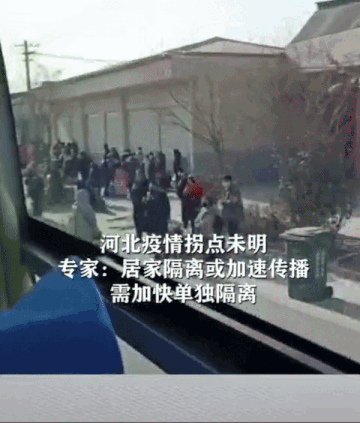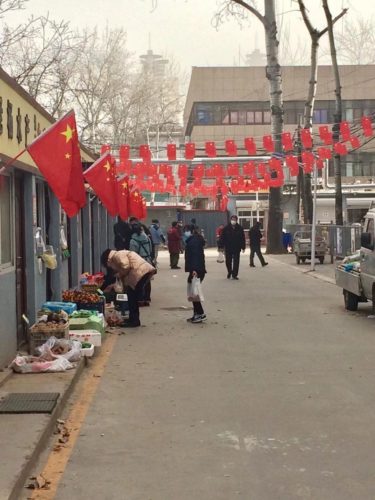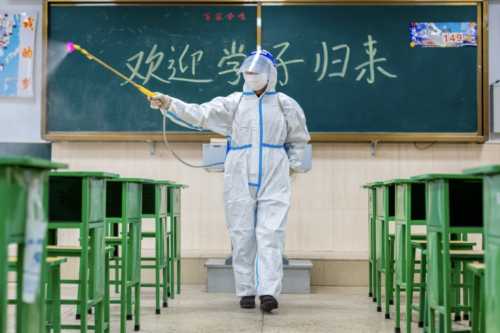Life amid Lockdown 2.0 in Shijiazhuang
Shijiazhuang is currently dealing with the largest outbreak of COVID-19 in China in months, with more than 300 cases. Government officials have instituted strict lockdown measures, with the promise that Hebei, its province, would be "the moat to safeguard the political security of Beijing." What is it like living in Shijiazhuang during this time?
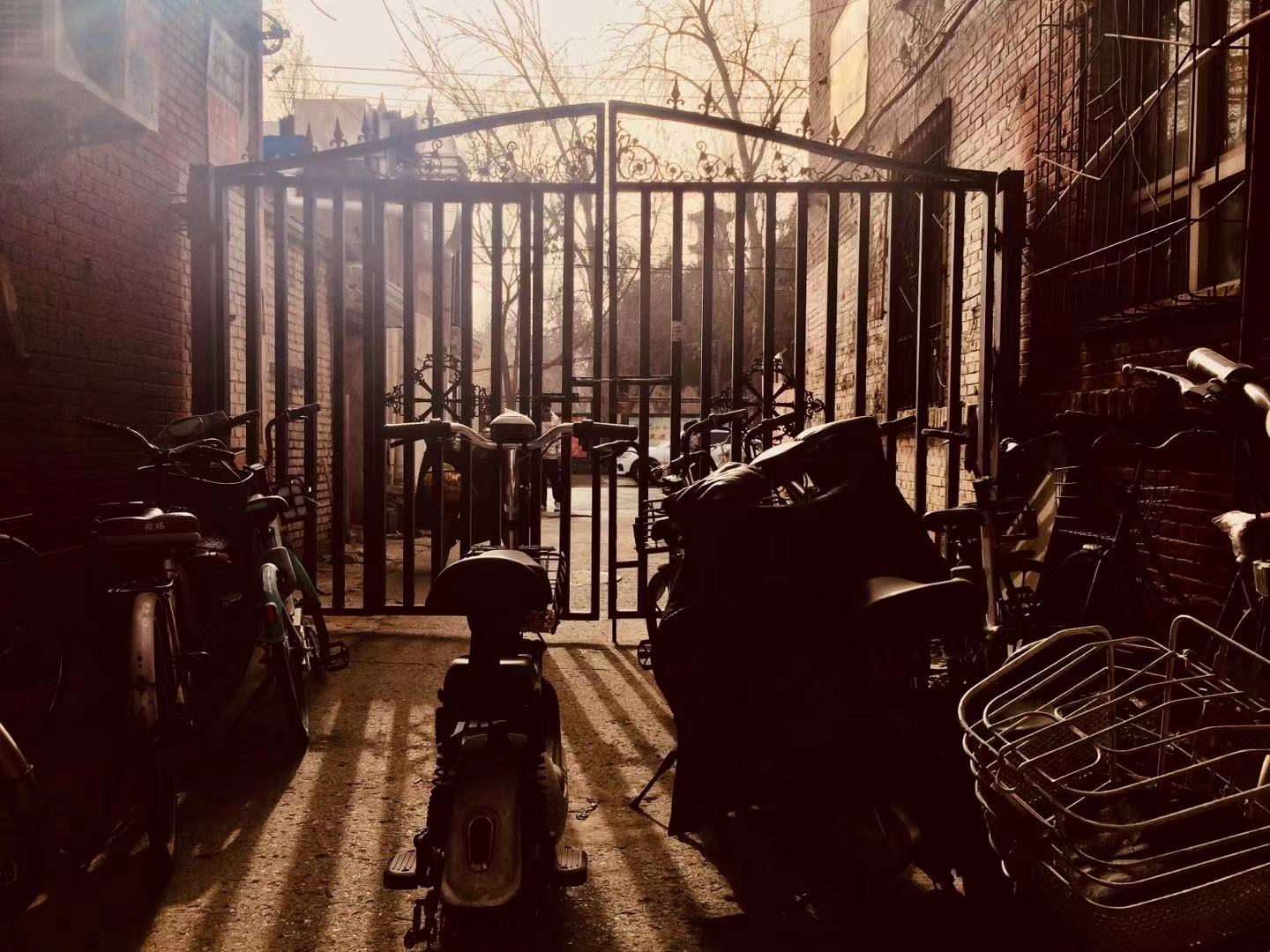
On January 6, Shijiazhuang, the capital of Hebei Province, went into a three-day lockdown as the city experienced China’s largest COVID-19 outbreak in months. Officials planned to administer nucleic acid (RT-PCR) COVID-19 tests to the entire population of 11 million people during this period.
On January 9, it was reported that 354 positive cases had been found and isolated. With aggressive contact tracing, more than 11,000 individuals were placed in designated COVID hospitals, quarantine hotels, and dormitories, or quarantined in their apartments. Residential complexes with COVID-positive cases implemented disinfection operations in common areas. By January 12, the number placed into quarantine facilities had risen to over 20,000.
The disheartening news for residents, however, was that to further contain the spread of COVID-19, the lockdown was extended another seven days: Strict measures would remain in place and there would be another two to three rounds of testing before movement restrictions would be lifted.
I currently live in one of those compounds subject to the seven-day lockdown.
What a “hard lockdown” entails (2020 all over again?)
Conventional wisdom on the street was that the first three-day lockdown would be extended for quite some time, given Shijiazhuang’s proximity to Beijing, combined with the timing of next month’s Spring Festival (Chinese Lunar New Year). Government officials have pledged to apply control measures and make Hebei “the moat to safeguard the political security of Beijing.”
What was not expected, however, was that the strict movement controls from the three-day lockdown would be maintained. This current lockdown — which I’ll call Lockdown 2.0 — is more stringent than even last year’s containment measures.
During the initial COVID-19 outbreak in Shijiazhuang in January 2020, residence complexes were sealed off — but limited movement was allowed. Many businesses were authorized to remain open, and their employees were given special work permits from their employer.
Medical/pharmaceutical/PPE-related businesses were allowed to stay open, but so were grocery stores, restaurants, express shipping, food delivery, and many others. People could order products from Taobao (China’s Amazon). Another remarkable characteristic of last year’s lockdown was that it also happened right before Spring Festival: homes were already being stocked with delicious food. Quarantine life was bearable.
Last year, if you had reason to leave your compound, you could do so in a limited fashion. This year, there’s much less leeway. There are fewer cars on the streets. Police teams are stationed at main intersections and randomly checking for the special work travel permits required for people to be outside. Personal WeChat messages are passing around warning people not to drive for anything other than official reasons.
Similar to last year, community volunteers are responsible for most of the enforcement within residence complexes. There have also been notices posted asking for volunteers to enter data from the citywide COVID-19 testing program.
For the 2020 lockdown, each household was given an exit card where one person could leave once per day for shopping or errands. In contrast, this year, residents who are not essential workers (medical-related, police, etc.) have not been allowed to leave their complex.
There are some exceptions: Vendors within a complex have been issued special permits to come and go. Wholesale food markets remain open. In most places, a person can purchase the basics. Larger complexes without vendors have brought in pop-up food sellers — smaller places were initially without options.
When Lockdown 2.0 began, some people were caught without sufficient food stockpiles, such as elderly people. Many retirees enjoy the daily visits to the local vegetable markets, where they are met with familiar faces with whom they can socialize and trade family news and local gossip. The market stalls here serve much the same function as the rural post office, barbershop, or hair salon would back in the U.S.
Getting food and other goods
One of the biggest differences in Lockdown 2.0 was the early absence of delivery companies. Logistics personnel were initially locked down along with everyone else. During the first mass testing event, several couriers tested positive, which was a contributing factor for implementing this current lockdown. Grocery stores and delivery staff were given priority in the second round of testing, so many are back on the streets. There are more than 25,000 couriers working in Shijiazhuang — they can work as soon as they return two negative COVID tests.
On January 10 — this past Sunday — grocery stores were closed while they transitioned to online orders and delivery only. A local television news story stated that one grocery store went from an average of 800 to 900 deliveries per day pre-lockdown to more than 2,000 deliveries per day on their first day back. And they still had a backlog at the close of business.
Grocery stores are offering some apartment complexes a new service. Utilizing neighborhood WeChat groups, the stores offer box sets of cooking basics that include meat, vegetables, cooking oil, salt, etc. Residents need to pre-order and pre-pay, then pick up their groceries at a specific time, unloaded right off the truck. (In this video, a man says he waited outside for two hours to get his delivery, but all in all was satisfied with his package.) All of the offerings are at a reasonable price. In fact, the government has announced a series of measures to combat price gouging and hoarding by encouraging whistle-blowing. For serious cases, they are offering rewards of up to 5,000 yuan ($772). In my residence complex, the prices have remained mostly stable, with mild price inflation on fruits, vegetables, eggs, and pork.
There were some supply-line hiccups, but they seem to be mostly resolved as of this time. Yogurt is the only product that has been consistently out-of-stock.
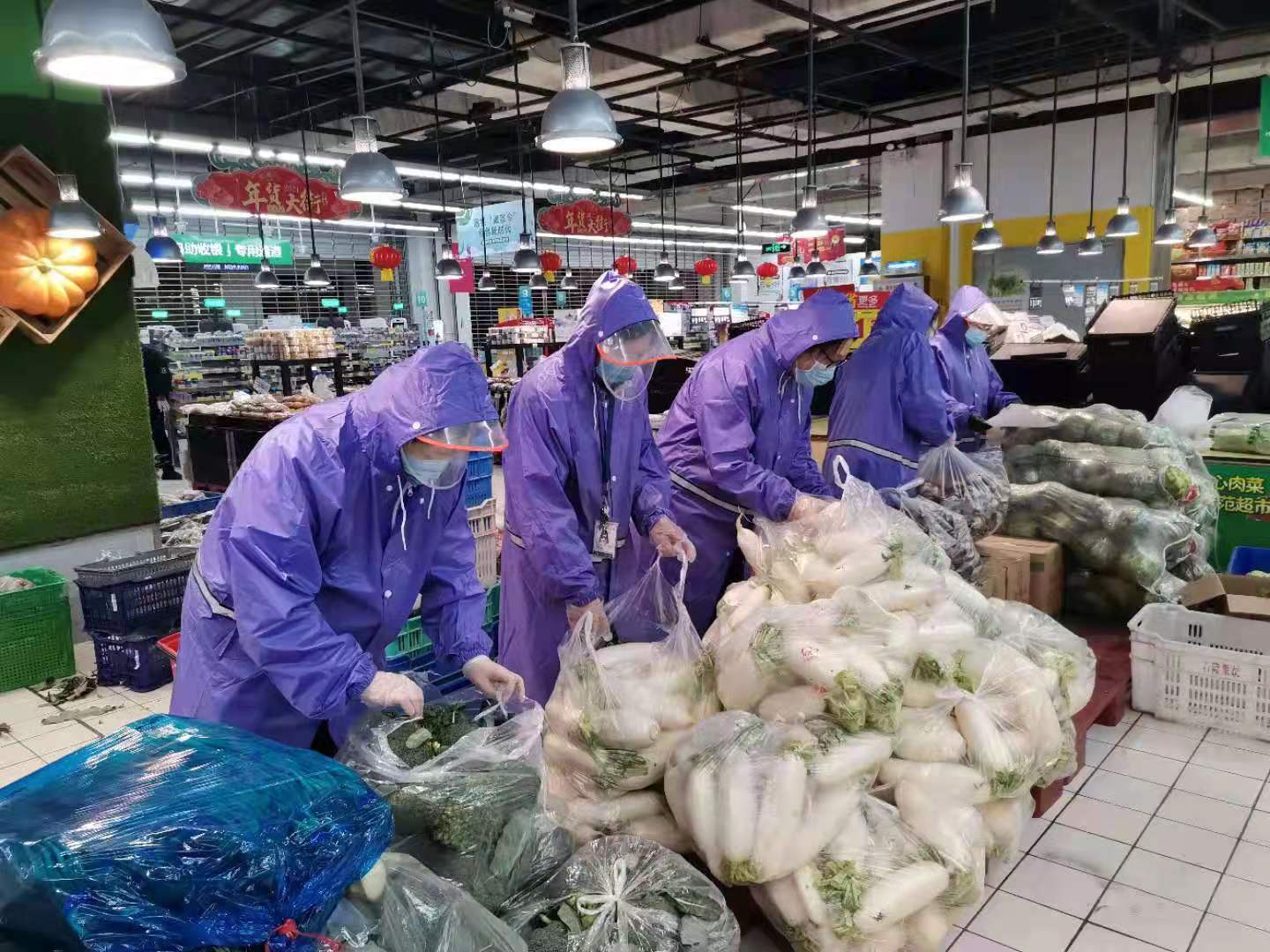
Many of the surrounding villages that fall under the governance of Shijiazhuang have emptied out, with virtually all residents having gone into quarantine. Videos of long lines of buses ferrying people into quarantine are flooding social media. These villages are the production centers of Shijiazhuang’s food. Without the farmers, there are bound to be some temporary dislocations, as goods will need to be brought in from outside suppliers. Shijiazhuang is a critical regional manufacturing and transport hub, so outbound distribution dislocations are also likely.
Testing
The second round of testing, which began on Tuesday and ended one day later, was conducted in a staggered manner. (My family and I completed this process on Tuesday.) Couriers and grocery workers were high on the testing list. Priority was also given to hotspot locations such as Gaocheng District, where many infections were uncovered. Residential areas where cases were found have also been given priority. (There are reports that a third round of testing has started for some groups.)
The testing of approximately 11 million people was one day shorter this time because of the addition of the mobile Fire Eye Laboratory, which reportedly can handle up to 1 million samples a day. It is a pop-up laboratory set up on a downtown sports center’s tennis courts. In addition to Fire Eye Lab, Shijiazhuang utilized another 107 laboratories for nucleic acid testing, with an aggregate capacity of 3.8 million samples a day. The high number of labs in Shijiazhuang is due to the fact that there are several medical universities in the city, as well as a vibrant biotech and pharmaceutical industry.
Tomorrow is expected to be the last day of Lockdown 2.0 — though residents are steeling themselves for another extension, possibly through the end of Spring Festival. New clusters and lockdowns seem to be popping up around the country. At the least, we are hoping for a reinstatement of 2020’s exit-pass system. Most of life’s tasks in China can be handled digitally, but there are always a few things that require putting boots to the ground. In such a dynamic environment — and right before the crucial time of Chinese New Year — it’s hard to predict what will come.
Irrespective of how this plays out, there is one aspect of Lockdown 2.0 that is somewhat comforting. This time around, we are not dealing with the morbid uncertainty that surrounds a deadly emerging novel coronavirus. We have a sense of how the virus is transmitted and how it is treated. Hospitals have gotten much, much better at treating this disease. Vaccines are rolling out across the world. We’ve paid attention and know how to protect ourselves. We have crushed the chain of transmission once before, and take heart that it will be done again.
